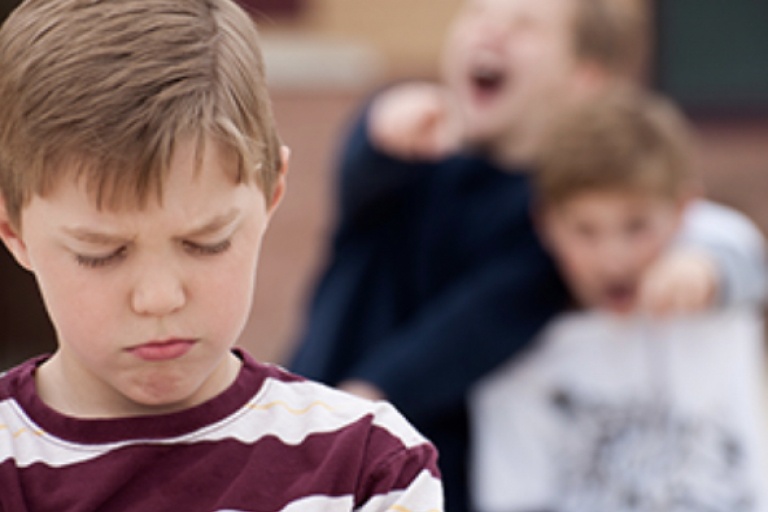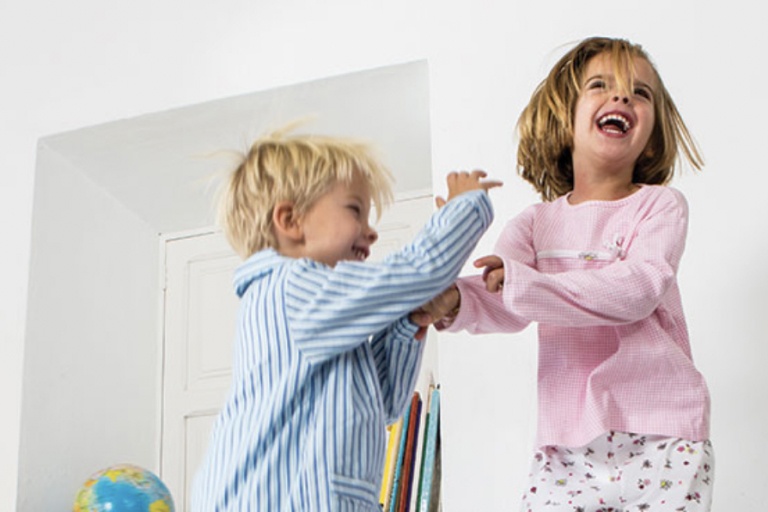Bedwetting Causes
Get Help With Bullying With Goodnites
2 Nov, 2022
2.5 min. Read
Unfortunately, bullying is becoming more and more common, with as many as 1 in 6 children being bullied in some way on a weekly basis.
Cyberbullying is bullying happening online or on smart phones. This can occur at any time and in any location. There is no way for children to escape it. It allows the bully to be seen by more people and to shield their identity more easily than a traditional bully.
Even if the child is told to just ignore it, the fact is that bullying is hurts. Bullying can lead to a lot of other issues including: depression, anxiety, bedwetting, social withdrawal, lack of friends, loneliness, dislike or avoidance of school, poor academic performance, and suicidal tendencies.
Reduced social contact with friends or loss of friendships
Encourage your child to stand up for themselves in bullying situations and that they can speak with you about anything that is happening.
Actively intervene to help the victim and try to stop the bullying (defenders).
Types of Bullying
Bullying can be described as aggressive behaviors that intentionally cause hurt or harm. Bullying can be physical or verbal, and typically happen more than once. We say a child is being bullied when a different child or several other children:- Say or do mean or hurtful things
- Hit, kick, punch, or shove
- Exclude them from their group or leave them out of things on purpose, repeatedly
- Spread rumors or lies, or try and make other kids not like them
Ways To Deal With Bullying
Children will often do a lot to hide that they are being bullied. They may do this because they are embarrassed or believe that the bullying will get worse if they get others involved.So how are you supposed to identify bullying? Look for changes in your child’s behavior.Identifying Signs Of Bullying:
- Increased aggression or bullying of siblings
- Unexplained accidents or injuries
- Increase in illnesses like headaches or stomach aches, or if they start pretending to be sick to not go to school
- Lost or damaged property
- Nightmares or sleep troubles
- Feelings of helplessness or low self-esteem
- Wanting to avoid school or decreased interest in schoolwork
- Decrease in academic performance
Steps You Can Take Against Bullying:
- Find out as much as you can about the situation
- Reassure your child that the bullying is not their fault
- Reach out to the preschool or school and ask about their bullying policy
- Make sure that there are follow-up meetings until a positive resolution has been reached
- Get your child involved in activities that encourage independence, confidence, and healthy relationships
How To Deal With Bullies?
Victims of bullying hardly ever feel that they can stop it themselves. Children who witness bullying are referred to as bystanders. Bystanders have three main roles, they can:- Assist and encourage the bully (bully assistant)
- Passively watch the bullying (witnesses)










